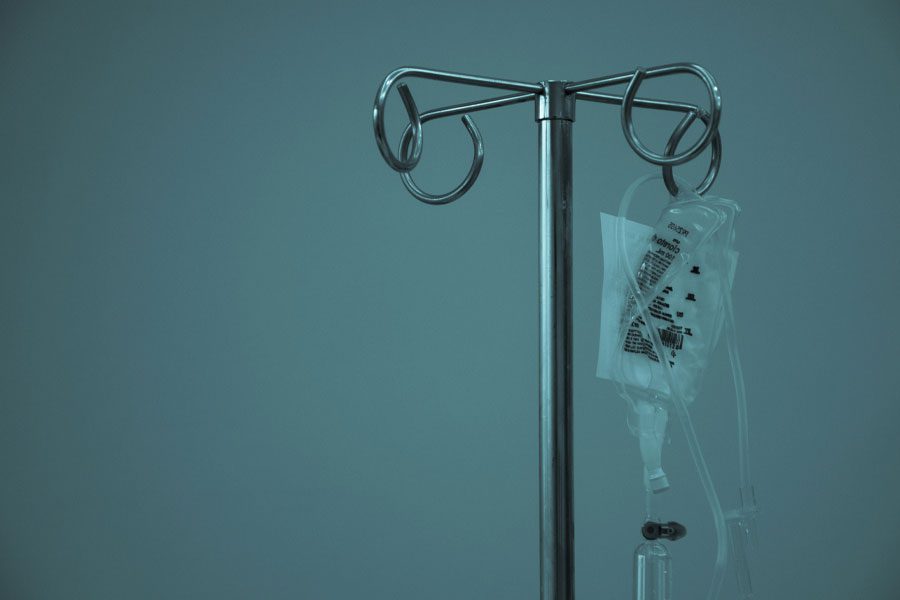Study Shows That Hospitals Impose Major Price Markups on Cancer and Other Specialty Drugs
The practice raises insurer costs and shrinks research dollars

A UC Berkeley School of Public Health study published this week in The New England Journal of Medicine found that a large share of insurer payments for drugs, which are intended to support further research and development, are instead siphoned off by hospitals for their own use.
The study, which analyzed data from more than 400,000 patients who receive in-hospital infusions of drugs for cancer and other complex conditions, found that low acquisition price and high reimbursement prices combine to allow hospitals to retain a large share of insurer drug spending. Infusion therapy, or intravenous therapy, is a method of delivering a drug directly into the bloodstream, rather than orally, when such an approach is considered more effective or if a patient can not swallow a pill.
Researchers found that hospitals eligible for federally mandated discounts charge insurers 300% higher for infusion drugs than what they pay for them. Hospitals that are ineligible for federal discounts imposed an average markup of 240%. In contrast, the hospitals’ charges to the public Medicare program are limited to 6% above acquisition prices. Physician- or hospital-infused drugs make up about one-third of total drug spending, with the remainder constituted by oral and injected drugs taken directly by patients.
James C. Robinson, lead study author and a professor of health economics at UC Berkeley School of Public Health, said that the substantial revenues hospitals earn from administering infused drugs has strengthened the incentives for hospitals to merge with one another and to purchase physician practices, enabling them to increase drug volumes and prices.
“The ability of hospitals to charge high prices and earn high revenues from specialty drugs creates socially undesirable incentives for all the major stakeholders in the health care system,” Robinson said. “Hospitals continue to merge with competitors to be able to raise prices even more. Insurers limit patient access to expensive drugs through requirements for prior authorization and cost sharing. And drug manufacturers raise prices to try to recoup some part of the revenues lost to hospitals.”
Researchers analyzed national data from patients who made nearly five million drug infusion visits in 2020-21. The patients were enrolled in Blue Cross and Blue Shield insurance plans, and lived in every region of the United States. They were being treated for cancer, inflammatory conditions, or blood-cell deficiency disorders.
“It is ironic that some hospitals earn more from administering drugs than do drug firms for developing and manufacturing those drugs,” said co-author Christopher Whaley, an associate professor at Brown University who received his PhD in health economics from UC Berkeley School of Public Health. “At least drug firms invest part of their revenues in innovation; hospitals invest nothing.”
The study also highlights the adverse impact of hospital drug pricing on patients, whose coinsurance is linked to the price of the drug.
“Hospitals, insurers, and drug manufacturers have developed strategies to protect themselves, but patients either must risk financial insolvency to pay their cost-sharing or risk adverse health impacts from forgoing their treatments,” said study co-author Sanket Dhruva, an assistant professor at UCSF.
